Hedera cypria 'Coon Hollow' - Cyprus ivy
Hedera cypria 'Coon Hollow' - Cyprus ivy
Hedera cypria 'Coon Hollow' is a very interesting but rare ivy.
It is a cultivar of the Cyprus ivy.
It forms small, fairly dark greenish-blue leaves, criss-crossed with silvery veins to great effect.
Leaves are composed of 3 lobes, the lateral lobes being perpendicular to the much longer central lobe. They are 2.5 cm long and 0.6 to 1.2 cm wide.
The cold accentuates the colors.
From 6.90 €
Description
Cyprus ivy, Hedera cypria 'Coon Hollow
In a nutshell
Hedera cypria 'Coon Hollow' is a very interesting but rare ivy.
It is a cultivar of the Cyprus ivy.
It forms small, fairly dark greenish-blue leaves, criss-crossed with silvery veins to great effect.
Leaves are composed of 3 lobes, the lateral lobes being perpendicular to the much longer central lobe. They are 2.5 cm long and 0.6 to 1.3 cm wide.
The cold accentuates the colors.
This cultivar is named after an ivy nursery in the USA: Coon Hollow Ivies. It was spotted by the owner of this nursery, Mr. Cliff Coon, after sowing Hedera cypria.
Technical data
Botanical information
- Family: Araliaceae
- Genre : Hedera
- Species: cypria or pastuchovii subsp.. cypria
- Cultivar: 'Coon Hollow
- Pierot classification: Miniature ivy, bird's-foot ivy
- Foliage stage: juvenile
- Species origin: Cyprus
- Origin of cultivar: discovered by a nurseryman in California
Description of Hedera cypria 'Coon Hollow
- Growth habit: climbing
- Number of lobes: 0 to 3
- Leaf length: 2.5 cm
- Sheet width: 1.3 cm
- Leaf shape: hastate, elongated central lobe
- Leaf base: heart-shaped
- Leaf color: bluish dark green
- Color of veins: silvery or whitish
- Color variations: winter accentuation
- Hairs: scale-like, 0.2 to 0.6 mm in diameter, orange to light red, 13 to 25 rays, regular
Planting, growing and care advice for Hedera cypria 'Coon Hollow
- Exposure: sun, part shade
- Hardiness: -15°C
- Soil moisture: cool
- Soil PH: neutral, calcareous, acidic
- Soil type: all
- Soil richness: ordinary or humus-bearing
- Use: climbing
- Development: medium
- Growth rate: fairly slow
- Pests: rare (red spider mites, scale insects)
- Diseases: rare (leaf spots)
Further information
| Weight | ND |
|---|---|
| Development | Slow, Modest |
| Foliage | Atypical |
| Usage | Ground cover, Pots or planters |
Only connected customers who have purchased this product can leave a review.
Growing our ivy
All our ivy is grown outdoors. The cuttings are planted in 9 cm pots. They grow there for about 1 year.
They are then repotted into 1-liter containers. These are then repotted 1 year later into 2-liter containers. In the case of climbing ivy, a stake (usually 50 cm long) is placed in the pot to support the ivy. One or two years later, the ivy is repotted into a 4-litre container. If it's a climber, the stake is replaced with a new 1.20 m to 2 m stake, depending on the plant's development.
The containers are placed in a shaded area, either by trees or by a canopy.
Ivy is not "grown" with fertilizer. Only a change of substrate at each repotting provides the nourishment needed for natural, healthy growth.
Bred the hard way, ivy will be much better able to acclimatize to your garden.
The different containers
You can find our ivy in the following containers:
- 9 cm bucket
- 1-litre pot, with or without stake
- 2-litre pot, with or without stake
- 4-litre pot with or without stake
- large pot of 5.5 liters, 7 liters, 9 liters or more.
Shipment of your ivy parcel
We ship every week. They are dispatched on Mondays via Colissimo. So, in the vast majority of cases, the parcel arrives in the middle of the week and doesn't have to sit in a warehouse all weekend.
Orders are prepared on the Friday before dispatch. This gives the jars time to drain over the weekend if they are damp. This prevents the jars from dampening and weakening the shipping carton.
So, in concrete terms, order before Thursday evening if you want your package of ivy to arrive in the course of the following week.
Each pot is wrapped in stretch film to hold the substrate in place throughout the journey. The stakes are removed to optimize space in the parcel.
What should I do when my parcel arrives?
As soon as you receive your parcel, open it so that the plants can breathe and see the light as soon as possible. Unpack carefully, taking care not to damage the plants. Soak the pots in water for about ten minutes to rewet them.
How to plant your ivy?
Careful planting is crucial to your plant's development.
Prepare a hole three times as wide and twice as deep as the pot. In this way, you'll create a well-loosened space in which the roots can begin to settle easily. Once they're well established, they'll be strong enough to explore further and deeper, depending on their needs.
Water generously after planting, even if it's raining. The purpose of this watering is to make the soil stick to the roots for a good start.
Mulch at the foot of your plant to keep it cool and prevent unwanted growth.
During the first year, don't neglect watering if the weather is dry, and especially if it's hot. Once well established (after a year or two), ivy will take care of itself. In most cases, it will no longer need watering if planted in the ground. Of course, if it's in a pot, you'll still need to water it regularly. But be careful not to over-water, as ivy dies much more easily from over-watering than from under-watering.
Other interesting ivy
Similar products
-
Hedera helix 'Baltica'
- From 4.90 €
- Choice of options
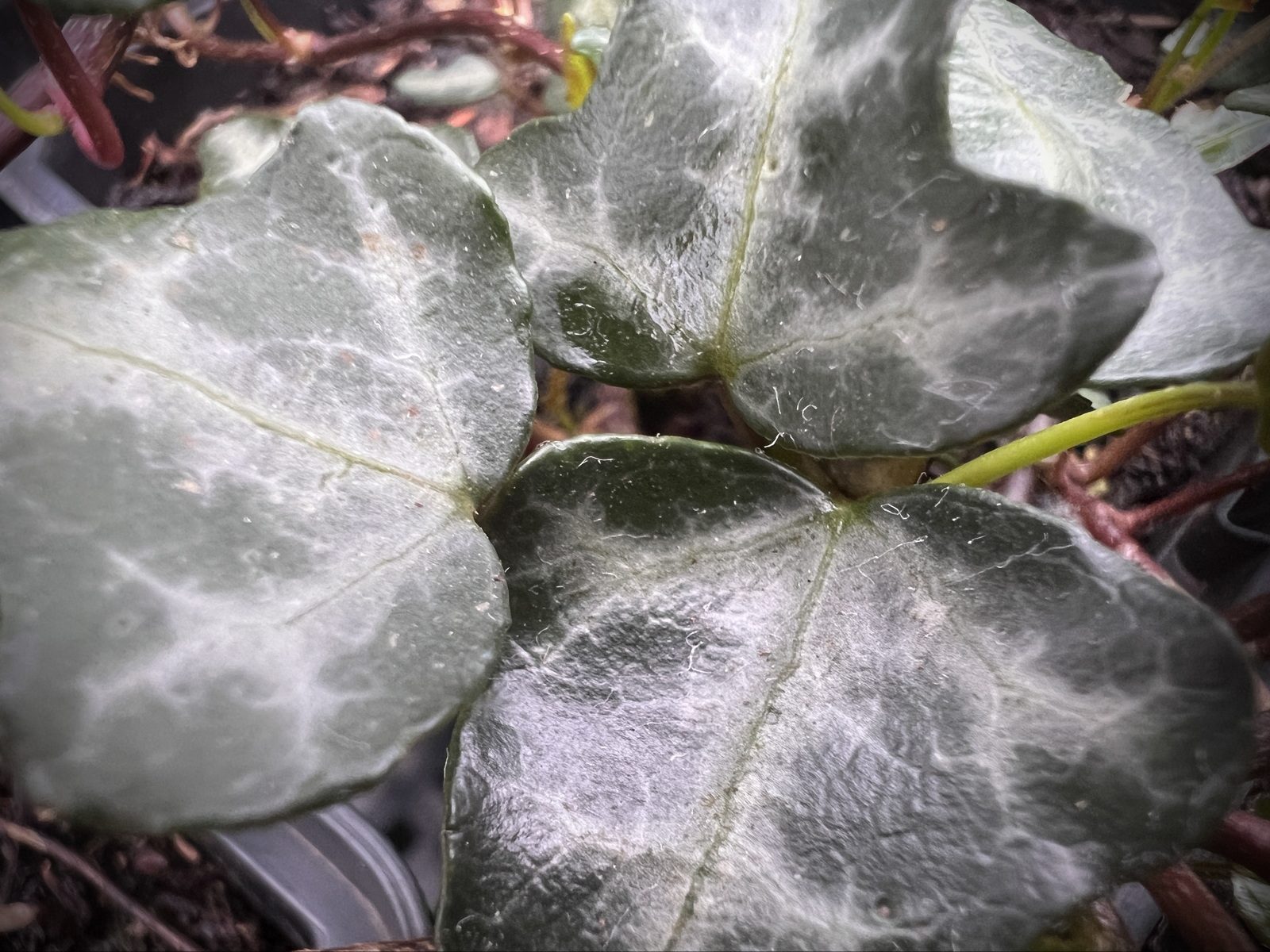
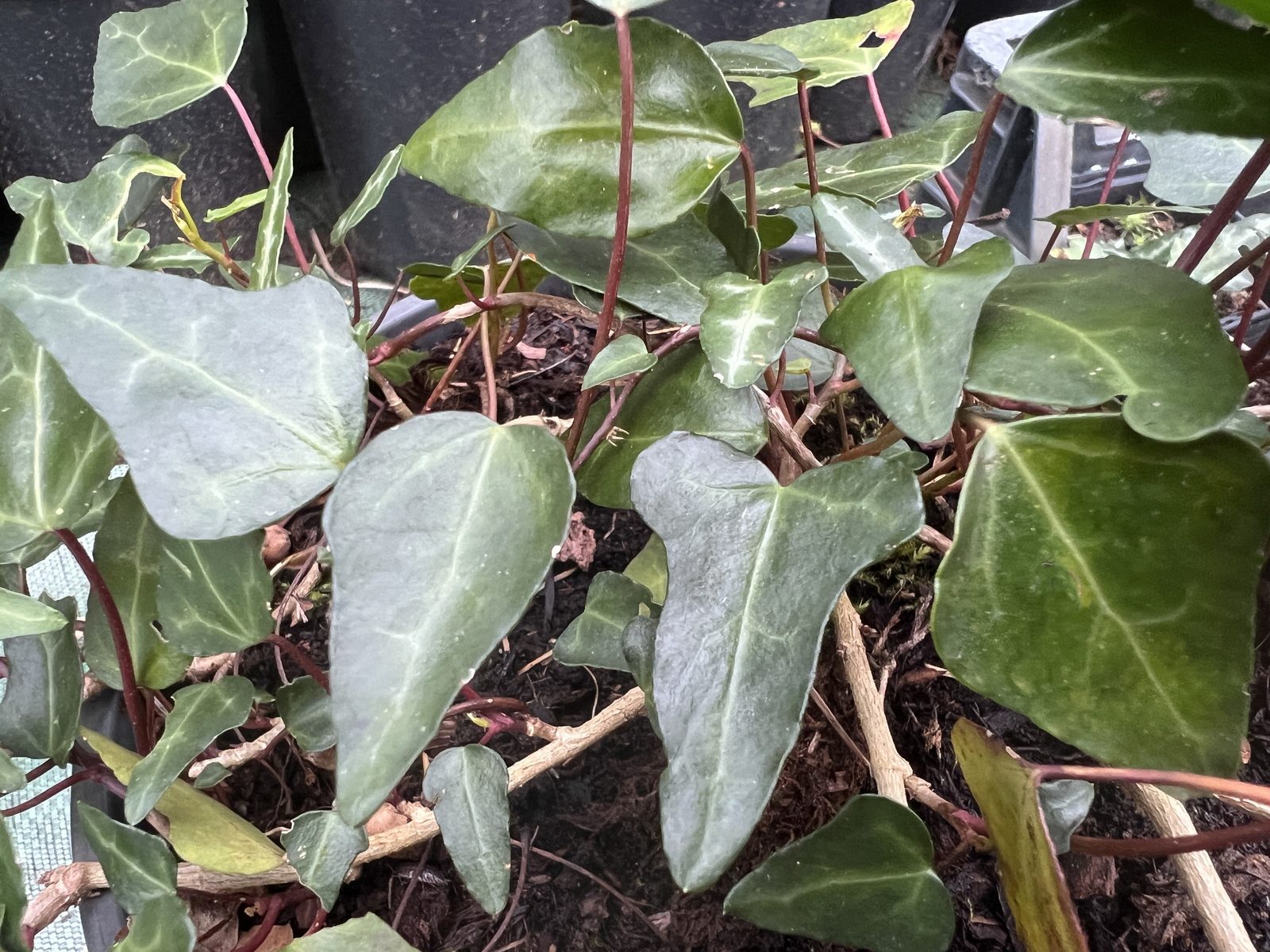
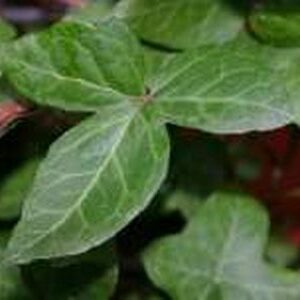
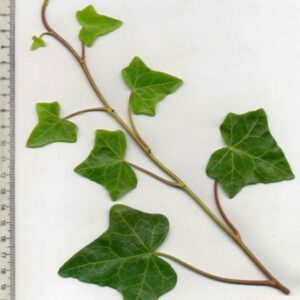
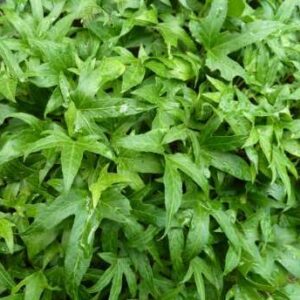
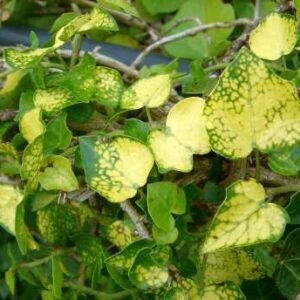
Opinions
There are currently no product reviews.